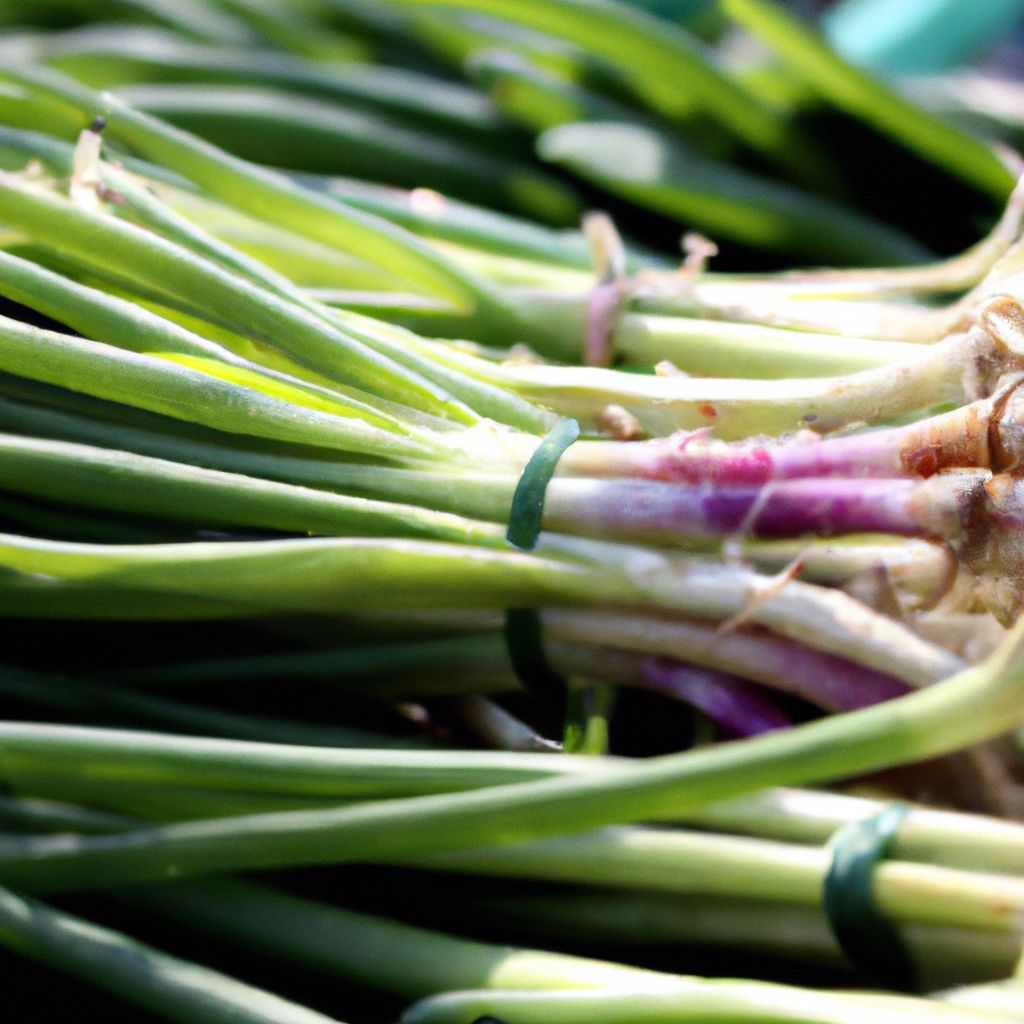Arugula, also known as rocket or salad rocket, is a leafy green vegetable with a unique peppery flavor. Cultivating arugula at home allows you to enjoy its fresh flavors and provides numerous benefits. This article will guide you through the process of arugula cultivation, from choosing the right location to harvesting the leaves.
What is Arugula?
Arugula is a leafy green vegetable that belongs to the Brassicaceae family, which also includes broccoli, cauliflower, and kale. Originating from the Mediterranean region, it has been cultivated for centuries for its flavorful leaves. The plant grows to a height of 12-30 inches and produces small, white flowers when mature. Its leaves are lobed and have a peppery taste, making them a favorite in salads and other dishes.
Why is Arugula Popular?
Arugula’s popularity can be attributed to several factors:
- Versatility: Arugula is a versatile and flavorful leafy green that adds a peppery taste to dishes. Its distinct flavor makes it a favorite among food enthusiasts and chefs looking to experiment with different flavors.
- Nutritional Value: Arugula is nutritious, packed with vitamins A, C, and K, as well as calcium, potassium, and iron. Its nutrient-rich profile appeals to those looking to boost their health.
- Ease of Cultivation: Arugula is easy to grow at home, requiring minimal care and maintenance. Its rapid growth and high yield make it handy for home gardeners. Additionally, arugula can tolerate cooler temperatures, allowing year-round cultivation in many regions.
- Culinary Trends: Interestingly, arugula has gained popularity in recent years due to its use in various culinary trends, from salads and sandwiches to pizza and pasta dishes.

Benefits of Growing Arugula at Home
Freshness
When you grow arugula at home, you can harvest the leaves when they are at their peak, ensuring the best flavor and nutrition.
Cost savings
Growing your own arugula can significantly reduce expenses compared to buying it from stores or farmers’ markets.
Control over cultivation
By cultivating arugula at home, you have complete control over the growing conditions. You can choose organic methods, avoid chemicals or pesticides, and ensure that the plants receive the best care.
Variety
There are several varieties of arugula available, each with its unique flavor, color, and texture. Growing arugula at home allows you to explore these different varieties and find your favorite.
Culinary creativity
Having a constant supply of fresh arugula can inspire you to try new recipes and experiment with different culinary creations.
Getting Started with Arugula Cultivation

Choosing the Right Location
Arugula prefers a sunny location but can tolerate partial shade. It’s essential to choose a spot with well-drained soil. Avoid areas with poor drainage or heavy clay as these conditions can hinder the growth of arugula plants.
Preparing the Soil for Arugula
Before planting, it’s crucial to prepare the soil. Loosen the soil using a garden fork or tiller and mix in compost or aged manure. This not only improves the soil’s texture but also enhances its fertility, providing the plants with the nutrients they need to thrive.
Sowing Arugula Seeds
Arugula seeds can be sown directly into the garden. Plant the seeds 1/4 inch deep in rows that are 12-18 inches apart. Space the seeds 1-2 inches apart to ensure that the plants have enough room to grow. If you’re interested in continuous harvesting, consider sowing seeds every 2-3 weeks.
Caring for Arugula Plants
Arugula plants require consistent moisture, especially during the early stages of growth. Water the plants regularly, but avoid overwatering as this can lead to root rot. In regions with hot summers, consider providing the plants with some afternoon shade to protect them from the intense heat. Additionally, fertilize the plants every 3-4 weeks with a balanced organic fertilizer to promote healthy growth.
Harvesting Arugula
One of the joys of growing arugula is the ability to harvest fresh leaves whenever you need them. Begin harvesting when the leaves are young and tender, typically when they are about 4-6 inches long. Pick the outer leaves first, cutting them at the base. This allows the inner leaves to continue growing, providing you with a continuous supply.

Troubleshooting Common Arugula Issues
Dealing with Pests and Diseases
Like all plants, arugula can be affected by pests and diseases. Common pests that target arugula include aphids, flea beetles, and caterpillars. To combat these pests, check the plants regularly and remove any affected leaves. Consider using organic solutions like insecticidal soap or introducing beneficial insects like ladybugs to your garden.
Preventing Bolting in Arugula
Bolting refers to the premature flowering of plants. When arugula bolts, its leaves can become bitter. To prevent bolting, choose bolt-resistant varieties and provide the plants with consistent moisture. Additionally, regular harvesting can help delay bolting.
Managing Overcrowding
Overcrowding can hinder the growth of arugula plants and make them more susceptible to diseases. Ensure that the plants are spaced properly when sowing seeds. If the plants become too crowded, consider thinning them out or transplanting them to a different location.
Arugula Recipes and Culinary Uses

Arugula’s peppery flavor makes it a versatile ingredient in the kitchen. Here are some ways to incorporate arugula into your meals:
- Salads: Enhance the flavor of your salads with arugula’s peppery crunch. Combine arugula with other greens, fruits, nuts, and cheeses for a delicious and nutritious salad.
- Pizzas: Top your pizzas with fresh arugula after baking for a burst of flavor and a touch of freshness.
- Pasta: Toss your favorite pasta with arugula pesto or simply mix in fresh arugula leaves for a delightful meal.
- Sandwiches: Layer grilled chicken, cheese, and arugula between slices of bread for a tasty sandwich.
- Arugula Pear Salad: Create a sweet and spicy flavor contrast by combining arugula with sliced pears, pecans, and goat cheese. Drizzle with a balsamic vinaigrette for the perfect finishing touch.
Growing arugula at home provides you with a constant supply of fresh, flavorful leaves. By following the tips and guidelines mentioned above, you can enjoy a bountiful harvest and experiment with various culinary creations. Whether you’re a seasoned gardener or a beginner, arugula cultivation is a rewarding endeavor that brings numerous benefits to the table.
















































